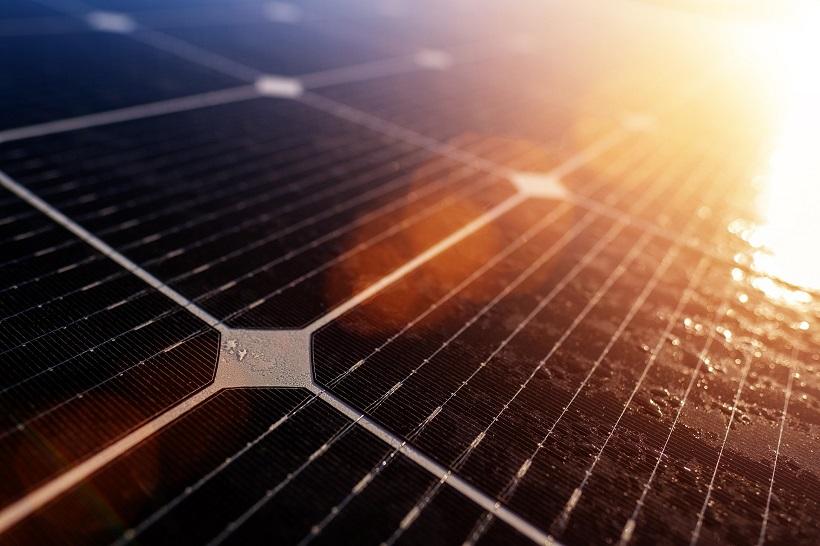Researchers are working on the enhanced energy yield of photovoltaic cells
Energy is produced from a relatively small portion of solar radiation hitting the photovoltaic cells. The rest is lost mainly as heat. PW researchers are working on a material with a negative refraction index, which will not only eliminate the cell heating but also will allow us to enhance the energy yield.
In accordance with the conducted introductory theoretical research, an appropriately designed hyperbolic metamaterial may serve as an edge filter reflecting infrared radiation, which leads to cell heating and, consequently, to its decreased energetic efficiency.
“In our project, we both perform a full simulation of electric and optical parameters and experimentally verify this assumption,” says Dr Bartosz Fetliński, head of the research team. “We create the structure of hyperbolic metamaterial composed of ultra-thin layers, with a thickness of nanometres. A structure made this way will allow us to obtain filters with an extremely sharp edge, with great filtering capacity and able to achieve a rapid transition from transmission to absorption or reflection, among other things,” explains Dr Fetliński.
It is these features of hyperbolic metamaterials which prompted researchers to use them in photovoltaic panels to reduce their heating, which decreases the cell efficiency and reduces the effectiveness of energy yield from solar radiation.
“Energies of infrared radiation photons are lower than those of visible light photons and are not used to produce electric energy at all, but instead are absorbed by different elements of a photovoltaic module,” explains Dr Fetliński. “There are no energetic gains but the module gets heated. If we place a filter from metamaterial on the module, photon transmittance from the beneficial range is good, and we can get rid of those from the heating range,” he adds.
Trial time
Experimental verification of modelled metamaterial structures is conducted in collaboration with national research centres: the Łukasiewicz Institute of Microelectronics and Photonics (IMiF) and the Institute of Physics of the Polish Academy of Sciences (IFPAN). Professor Robert Mroczyński, who is able to produce a part of layers with the help of magnetron sputtering, will support the research team’s work at the Faculty of Electronics and Information Technologies PW.
“So far, hyperbolic materials have not been used in similar applications, so our project is scientifically highly-innovative,” says Dr Fetliński. “Thus, there are no reliable characteristics of these materials in the literature which could be used in our project. It happens that properties are described for one method of layering, and there is no description for the application of another method,” he explains.
Currently, we are finalising the purchase of bases that play a crucial part in the project implementation. Their quality has an impact on the uniformity of produced hyperbolic metamaterials consisting of thin layers sensitive to the properties of the basis.
“The proposed solution is simple in terms of concept and implementation and can be used in any commercially available PV modules, which considerably adds to its competitive edge as compared to so far proposed solutions requiring significant interference with the structure of a cell or module,” says Dr Fetliński.
-
The “Hyperbolic metamaterials for enhancing energy yield of photovoltaic modules” project is funded as part of the research grant of the Research Centre for POB Photonic Technologies of the Excellence Initiative – Research University programme implemented at the Warsaw University of Technology.
Research team:
Bartosz Fetliński, PhD; Bartosz Janaszek, PhD; Marcin Kieliszczyk, MSc; Robert Mroczyński, PhD hab., associate professor.


